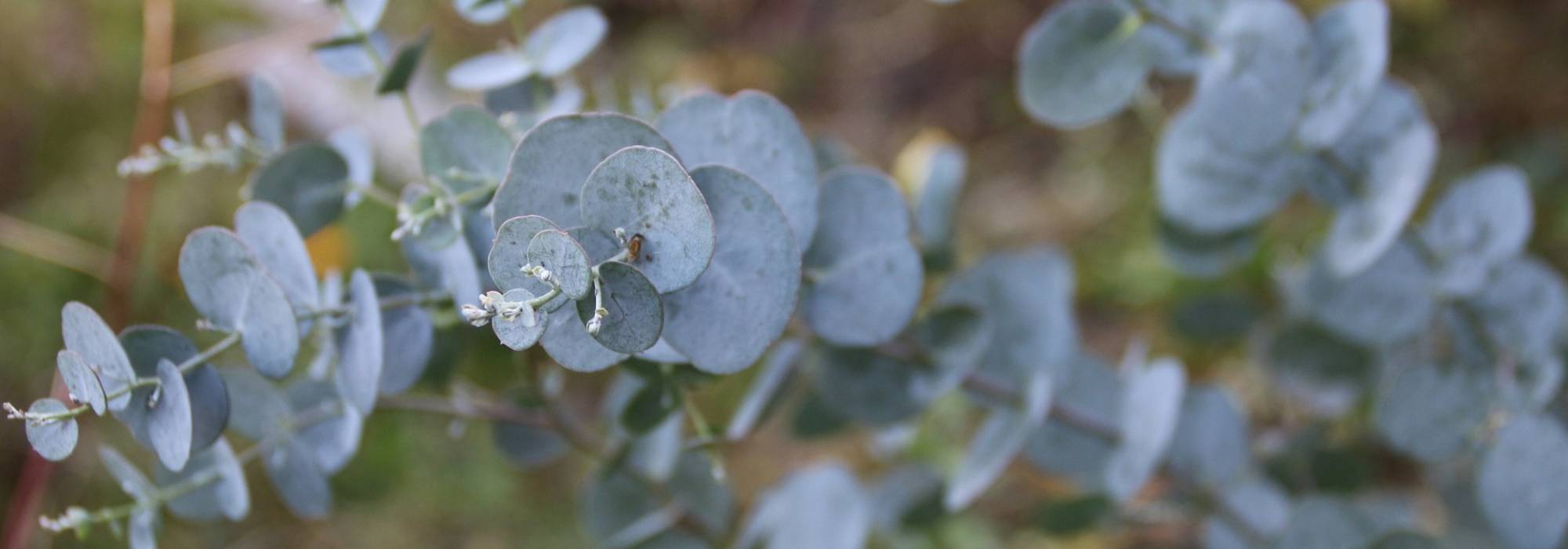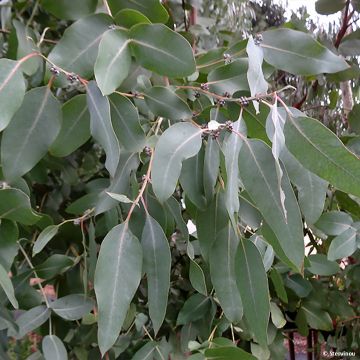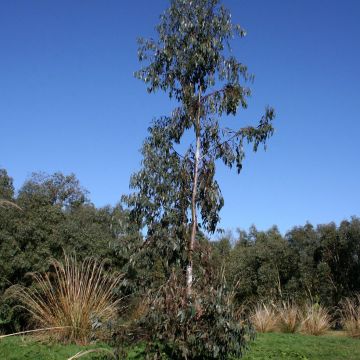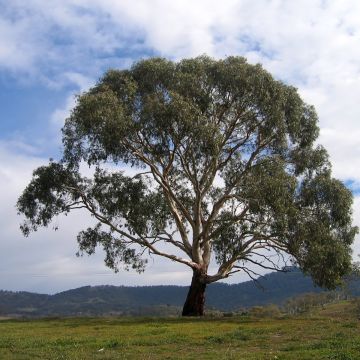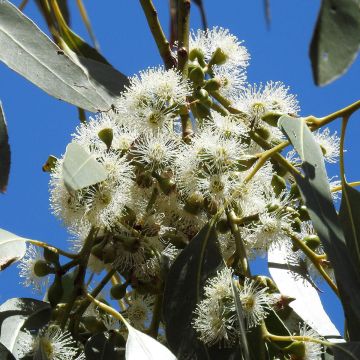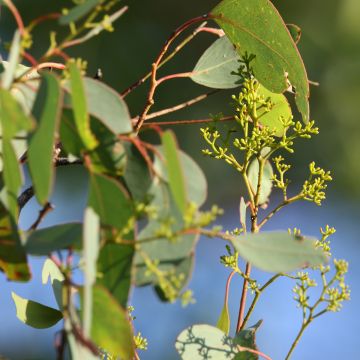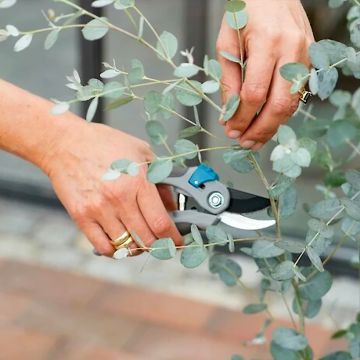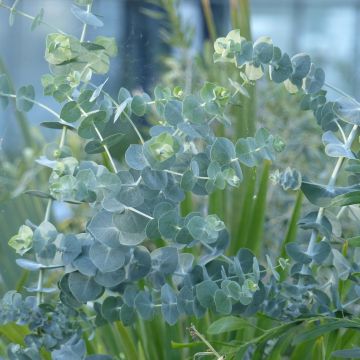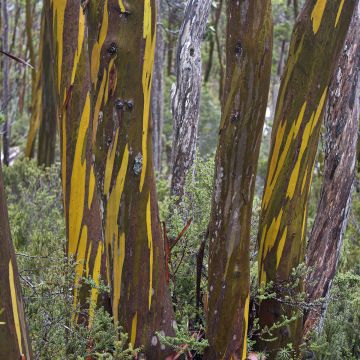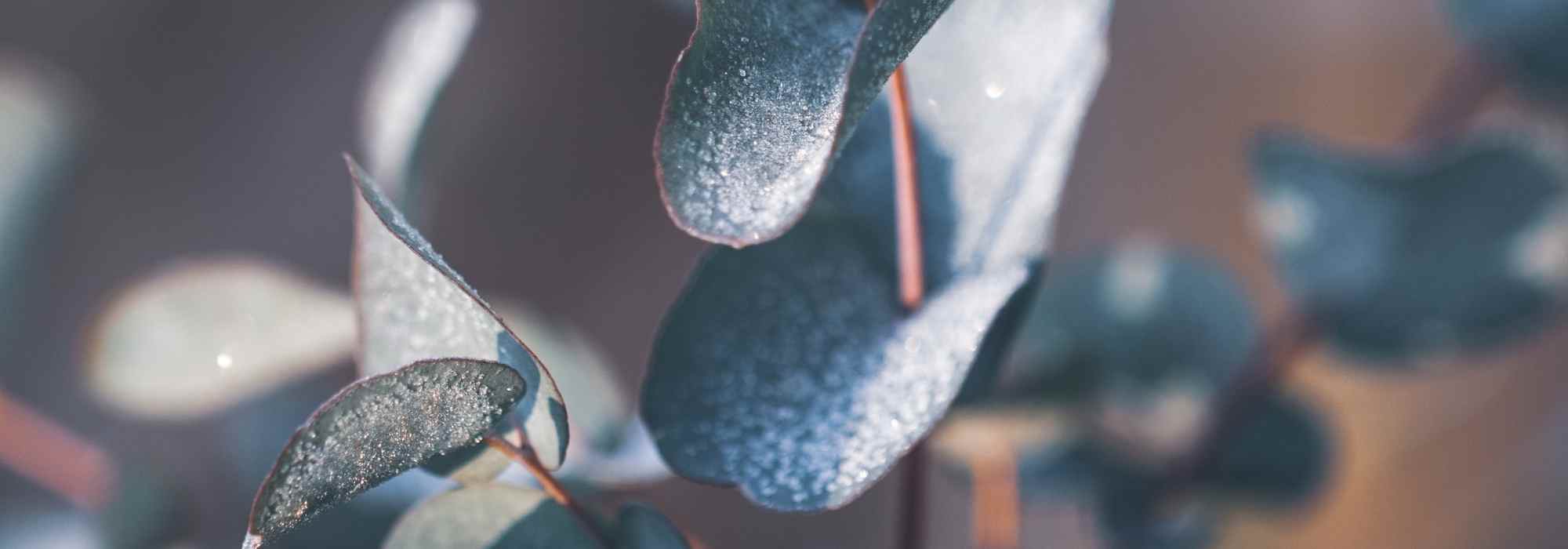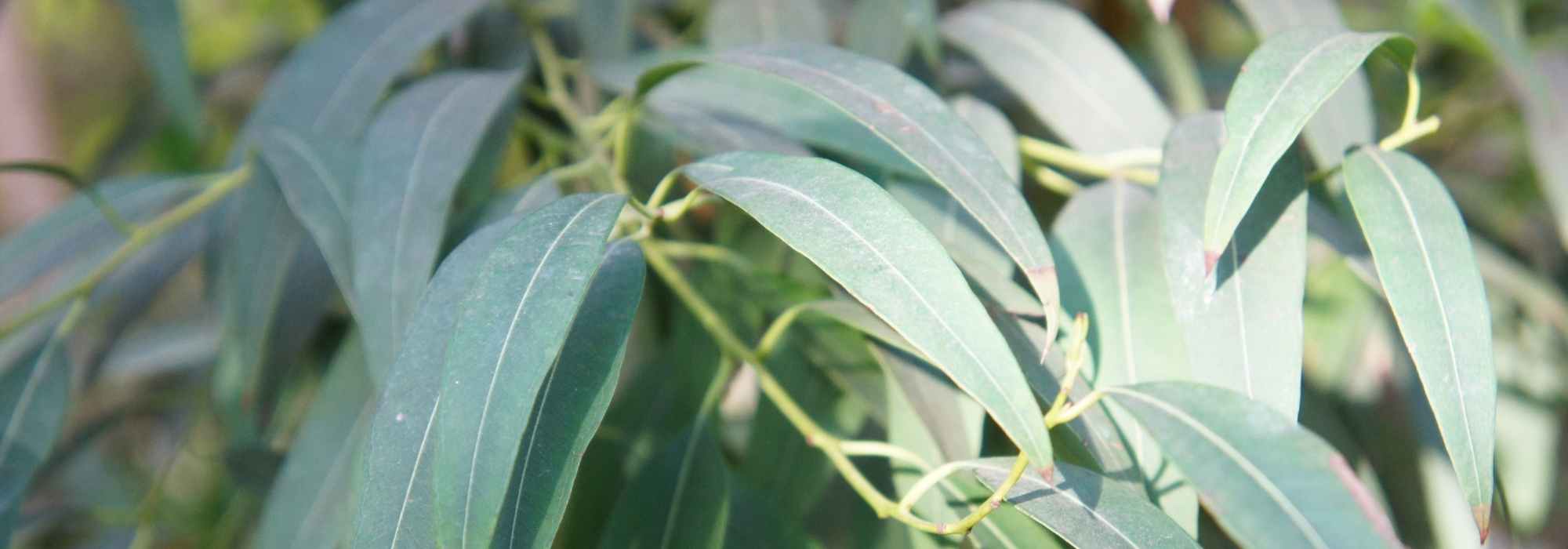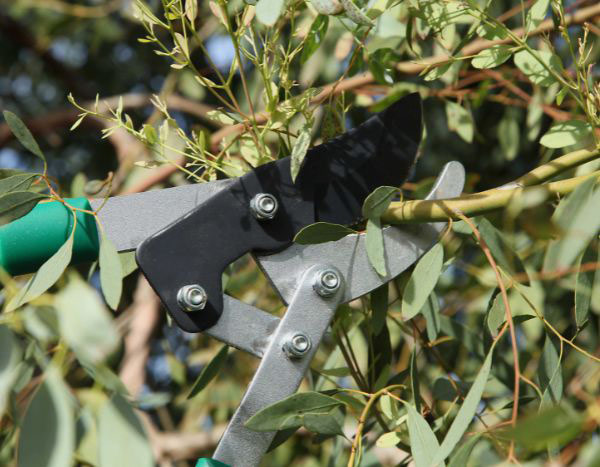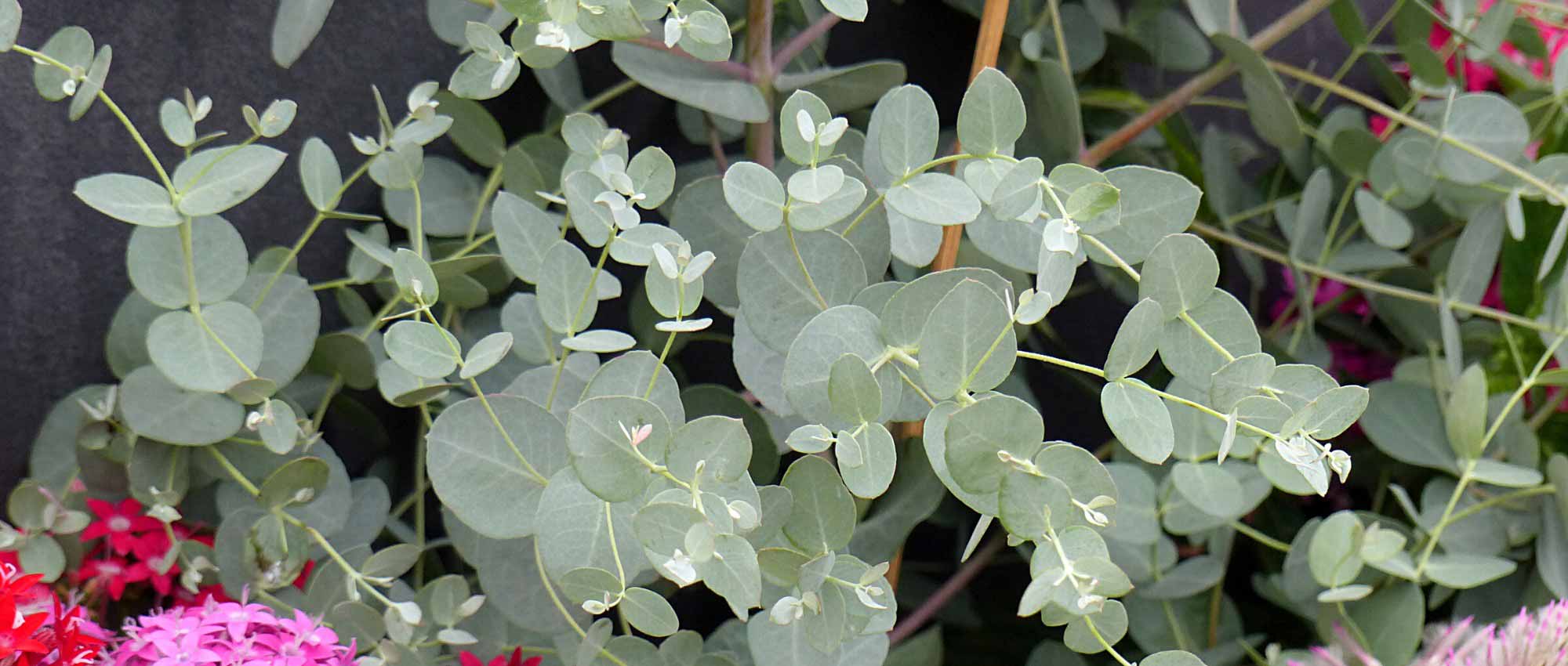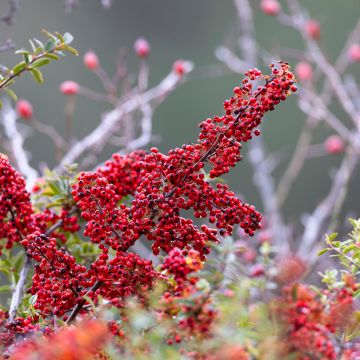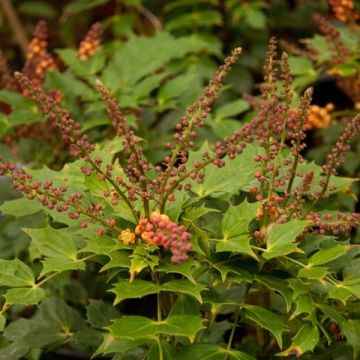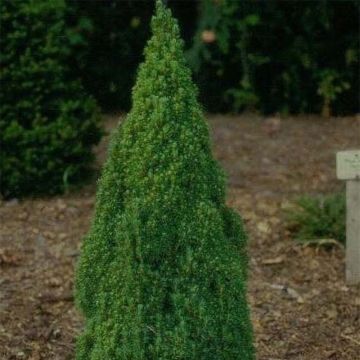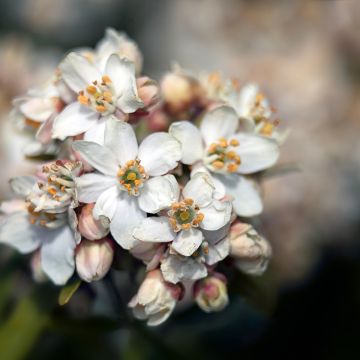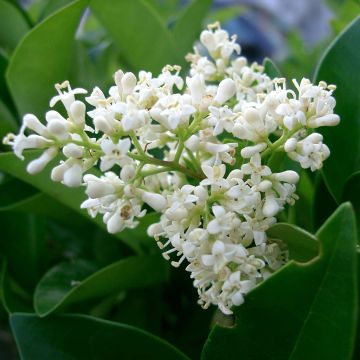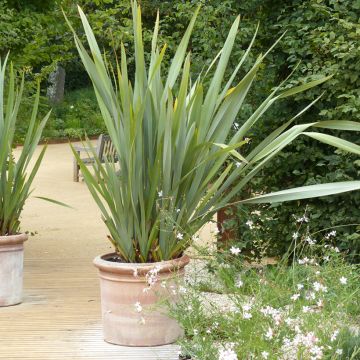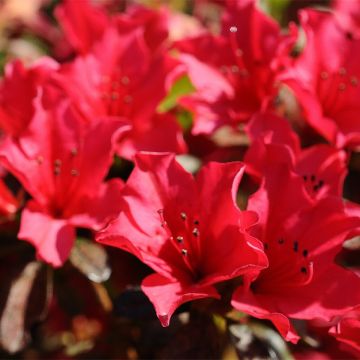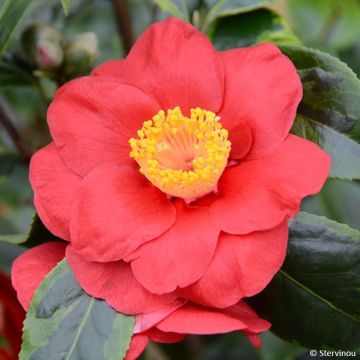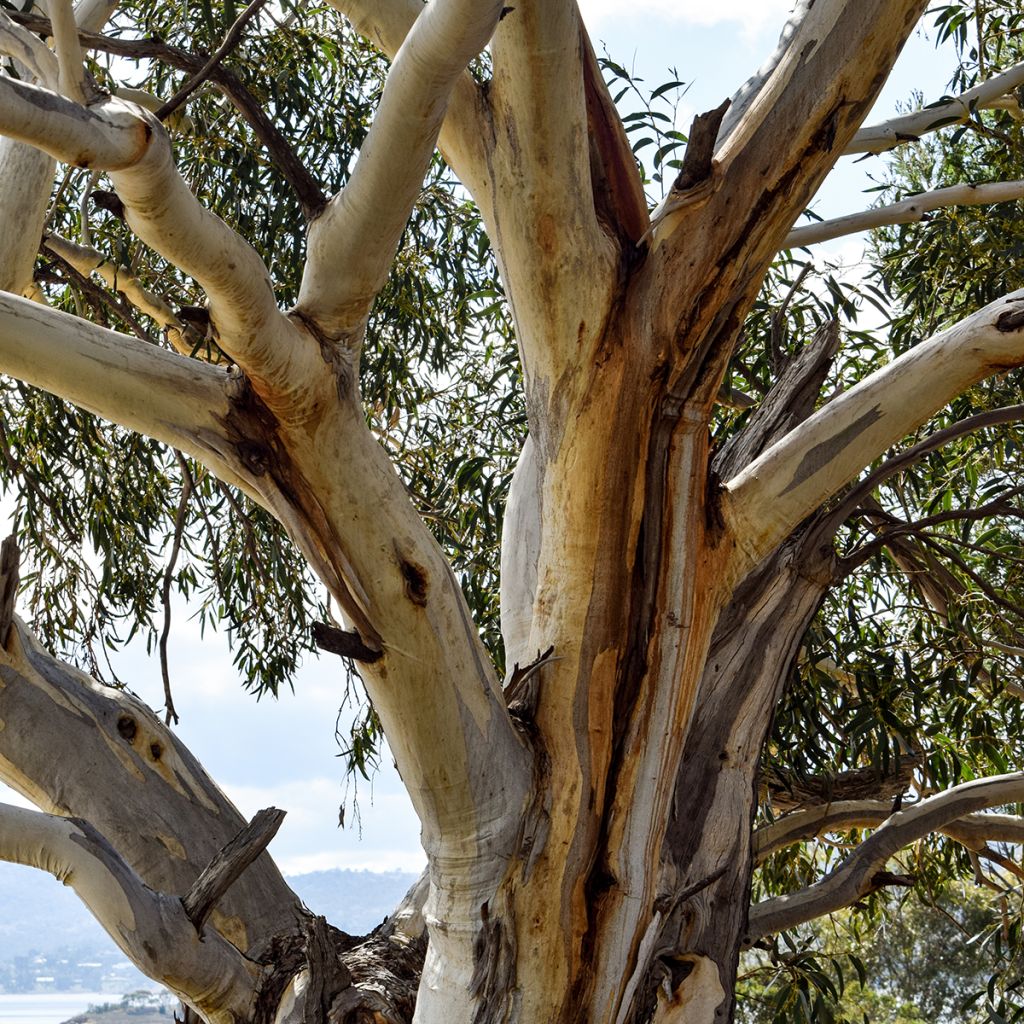

Eucalyptus pauciflora subsp. niphophila Mt Bogong


Eucalyptus pauciflora subsp. niphophila Mt Bogong
Eucalyptus pauciflora subsp. niphophila Mt Bogong
Eucalyptus pauciflora subsp. niphophila Mt Bogong
Snow Gum
Special offer!
Receive a €20 voucher for any order over €90 (excluding delivery costs, credit notes, and plastic-free options)!
1- Add your favorite plants to your cart.
2- Once you have reached €90, confirm your order (you can even choose the delivery date!).
3- As soon as your order is shipped, you will receive an email containing your voucher code, valid for 3 months (90 days).
Your voucher is unique and can only be used once, for any order with a minimum value of €20, excluding delivery costs.
Can be combined with other current offers, non-divisible and non-refundable.
Home or relay delivery (depending on size and destination)
Schedule delivery date,
and select date in basket
This plant carries a 24 months recovery warranty
More information
We guarantee the quality of our plants for a full growing cycle, and will replace at our expense any plant that fails to recover under normal climatic and planting conditions.
Would this plant suit my garden?
Set up your Plantfit profile →
Description
Eucalyptus pauciflora subsp. niphophila Mt Bogong is also known as the Mt Bogong Snow Gum. It most often forms a bush with several trunks or a small low-branched tree, with absolutely irresistible ornamental bark, where grey, white and cream mix. With a more compact habit than the species, it forms a relatively sparse canopy. The evergreen bluish juvenile foliage is attractive all year round. In June-July, it is adorned with pretty white pom-pom flowers. Very hardy, adapting to most well-drained soils, tolerating limestone and dryness quite well once well rooted, it can be grown virtually everywhere.
Eucalyptus pauciflora subsp. niphophila belongs to the large Myrtaceae family, like the Callistemon (Bottlebrush), the Feijoa or the Myrtle. The Eucalyptus genus includes more than 800 species, practically all native to Australia, except for a few from Southeast Asia. The Eucalyptus pauciflora is widespread in a rather large Australian geographical area, ranging from southeastern Queensland to Victoria, passing through New South Wales and up to Tasmania. There are five subspecies, with niphophila represented in high mountain ranges, such as the Snowy Mountains in New South Wales and several mountains in Victoria. Mt Bogong, which peaks at 1986 m (6516 ft), is home to a small population from which this Mt Bogong cultivar originates.
It is therefore subject to a very contrasting climate, mild to hot in summer, but cold in winter and very snowy. However, outside of its natural zone, its hardiness - one of the best among Eucalyptus - seems to be limited to -18°C under good conditions and for well-established adult plants. Younger trees can be damaged at -15°C (5 °F).
It generally forms a mallee (an Aboriginal term for a bush branching from the ground less than 10 m (33 ft) high), about 7 to 8 m (23 to 26 ft) high and 3.5 to 4 m (12 ft to 13 ft) wide. The niphophila subspecies can reach up to 10 m (33 ft) high at most. More rarely, it can also take the habit of a tree, branching quite low but with a single trunk. This Eucalyptus has a significant regeneration capacity thanks to its lignotuber. This is an underground swelling rich in starch, capable of producing numerous shoots if the aerial part of the plant is destroyed. The regrowth is thus denser than the original plant after this pruning. This characteristic, possessed by many Eucalyptus, is particularly interesting from an ornamental point of view, as it allows for severe pruning, which can make the plant branch well. The bark is very ornamental in this Eucalyptus and will be all the more attractive if it has multiple trunks. The smooth bark sometimes referred to as "python skin" comes in shades of grey, white, cream and even yellow.
The juvenile foliage is also decorative, consisting of ovate leaves, 2.5 to 7.5 cm (1 to 3 in) long and 2 to 3.5 cm (0.8 to 1.4 in) wide, bluish-green with a matte texture. The adult foliage is more elongated, lanceolate to crescent-shaped and slightly larger, the leaves reaching 10 cm (3.9 in) long and 3 cm (1.2 in) wide. The alternate and petiolate leaves are green to blue-green in colour and moderately aromatic when crushed.
Flowering takes the usual aspect of small white pom-poms, formed of umbels comprising 9 to 15 small petal-less flowers. It is actually the bunches of stamens that we admire. Flowering takes place in June and July in our climates (from December to February in Australia which is in the southern hemisphere). In a sufficiently warm climate, it evolves into small cup-shaped fruits with no ornamental interest.
This cultivar shows great adaptability, both in terms of soil and climatic conditions. It grows in neutral to acidic soils and also tolerates limestone quite well. It likes moist soils, but can tolerate drier ones, only disliking too wet or waterlogged conditions. It is also tolerant of heat and even drought, all qualities that allow it to grow in most regions.
Eucalyptus pauciflora subsp niphophila 'Mt Bogong' is one of the most interesting of the genus, able to withstand colds down to -15°C (5°F) and beyond, provided it is planted in well-drained soil. This large bush is admired for its extremely ornamental bark. Compact and also very tolerant of pruning, it is perfect for small gardens and can be successfully planted almost everywhere provided it can enjoy the sun, as it does not like shade at all. To compose an unforgettable scene associate it in a mass with the Cyprus Strawberry Tree (Arbutus andrachne), whose beautiful orange-red bark can support the comparison with that of your little Eucalyptus. Its beautiful glossy green, evergreen leaves and its small red fruits are also very pleasing. In a colder climate, you can create the same type of contrast with a Prunus maackii Amber Beauty, Manchurian Cherry with beautiful orange bark, and very easy to grow.
Eucalyptus pauciflora subsp. niphophila Mt Bogong in pictures


Plant habit
Flowering
Foliage
Botanical data
Eucalyptus
pauciflora subsp. niphophila
Mt Bogong
Myrtaceae
Snow Gum
Australia
Other Eucalyptus
View all →Planting and care
Eucalyptus pauciflora subsp. niphophila 'Mt Bogong' is best planted at the start of autumn to benefit from the winter rainfall. Being one of the most hardy of all, down to -15°C (5 °F) or even -18°C (-0.4 °F), it only needs to be planted at the start of spring in really cold regions, so that it can establish itself well before the following winter. Install it in drained soil, moist to occasionally dry, in a sunny situation. This species grows in acidic or neutral soil, and also tolerates lime quite well.
In most regions, you will be able to plant it in open ground, ensuring good drainage by adding coarse sand, pozzolana or non-limestone gravel. Water it for the first two years to facilitate its rooting. Its growth is normal for an Eucalyptus and will be faster if it is watered. This Mt Bogong cultivar is more compact than the type, so it is rarely necessary to prune, but it supports it very well.
Planting period
Intended location
Care
Planting & care advice
This item has not been reviewed yet - be the first to leave a review about it.
Similar products
Haven't found what you were looking for?
Hardiness is the lowest winter temperature a plant can endure without suffering serious damage or even dying. However, hardiness is affected by location (a sheltered area, such as a patio), protection (winter cover) and soil type (hardiness is improved by well-drained soil).

Photo Sharing Terms & Conditions
In order to encourage gardeners to interact and share their experiences, Promesse de fleurs offers various media enabling content to be uploaded onto its Site - in particular via the ‘Photo sharing’ module.
The User agrees to refrain from:
- Posting any content that is illegal, prejudicial, insulting, racist, inciteful to hatred, revisionist, contrary to public decency, that infringes on privacy or on the privacy rights of third parties, in particular the publicity rights of persons and goods, intellectual property rights, or the right to privacy.
- Submitting content on behalf of a third party;
- Impersonate the identity of a third party and/or publish any personal information about a third party;
In general, the User undertakes to refrain from any unethical behaviour.
All Content (in particular text, comments, files, images, photos, videos, creative works, etc.), which may be subject to property or intellectual property rights, image or other private rights, shall remain the property of the User, subject to the limited rights granted by the terms of the licence granted by Promesse de fleurs as stated below. Users are at liberty to publish or not to publish such Content on the Site, notably via the ‘Photo Sharing’ facility, and accept that this Content shall be made public and freely accessible, notably on the Internet.
Users further acknowledge, undertake to have ,and guarantee that they hold all necessary rights and permissions to publish such material on the Site, in particular with regard to the legislation in force pertaining to any privacy, property, intellectual property, image, or contractual rights, or rights of any other nature. By publishing such Content on the Site, Users acknowledge accepting full liability as publishers of the Content within the meaning of the law, and grant Promesse de fleurs, free of charge, an inclusive, worldwide licence for the said Content for the entire duration of its publication, including all reproduction, representation, up/downloading, displaying, performing, transmission, and storage rights.
Users also grant permission for their name to be linked to the Content and accept that this link may not always be made available.
By engaging in posting material, Users consent to their Content becoming automatically accessible on the Internet, in particular on other sites and/or blogs and/or web pages of the Promesse de fleurs site, including in particular social pages and the Promesse de fleurs catalogue.
Users may secure the removal of entrusted content free of charge by issuing a simple request via our contact form.
The flowering period indicated on our website applies to countries and regions located in USDA zone 8 (France, the United Kingdom, Ireland, the Netherlands, etc.)
It will vary according to where you live:
- In zones 9 to 10 (Italy, Spain, Greece, etc.), flowering will occur about 2 to 4 weeks earlier.
- In zones 6 to 7 (Germany, Poland, Slovenia, and lower mountainous regions), flowering will be delayed by 2 to 3 weeks.
- In zone 5 (Central Europe, Scandinavia), blooming will be delayed by 3 to 5 weeks.
In temperate climates, pruning of spring-flowering shrubs (forsythia, spireas, etc.) should be done just after flowering.
Pruning of summer-flowering shrubs (Indian Lilac, Perovskia, etc.) can be done in winter or spring.
In cold regions as well as with frost-sensitive plants, avoid pruning too early when severe frosts may still occur.
The planting period indicated on our website applies to countries and regions located in USDA zone 8 (France, United Kingdom, Ireland, Netherlands).
It will vary according to where you live:
- In Mediterranean zones (Marseille, Madrid, Milan, etc.), autumn and winter are the best planting periods.
- In continental zones (Strasbourg, Munich, Vienna, etc.), delay planting by 2 to 3 weeks in spring and bring it forward by 2 to 4 weeks in autumn.
- In mountainous regions (the Alps, Pyrenees, Carpathians, etc.), it is best to plant in late spring (May-June) or late summer (August-September).
The harvesting period indicated on our website applies to countries and regions in USDA zone 8 (France, England, Ireland, the Netherlands).
In colder areas (Scandinavia, Poland, Austria...) fruit and vegetable harvests are likely to be delayed by 3-4 weeks.
In warmer areas (Italy, Spain, Greece, etc.), harvesting will probably take place earlier, depending on weather conditions.
The sowing periods indicated on our website apply to countries and regions within USDA Zone 8 (France, UK, Ireland, Netherlands).
In colder areas (Scandinavia, Poland, Austria...), delay any outdoor sowing by 3-4 weeks, or sow under glass.
In warmer climes (Italy, Spain, Greece, etc.), bring outdoor sowing forward by a few weeks.






























